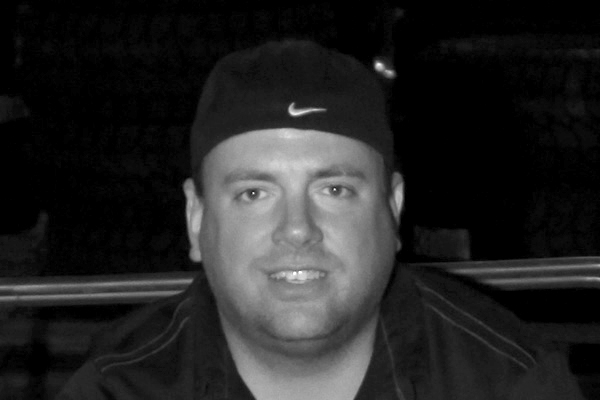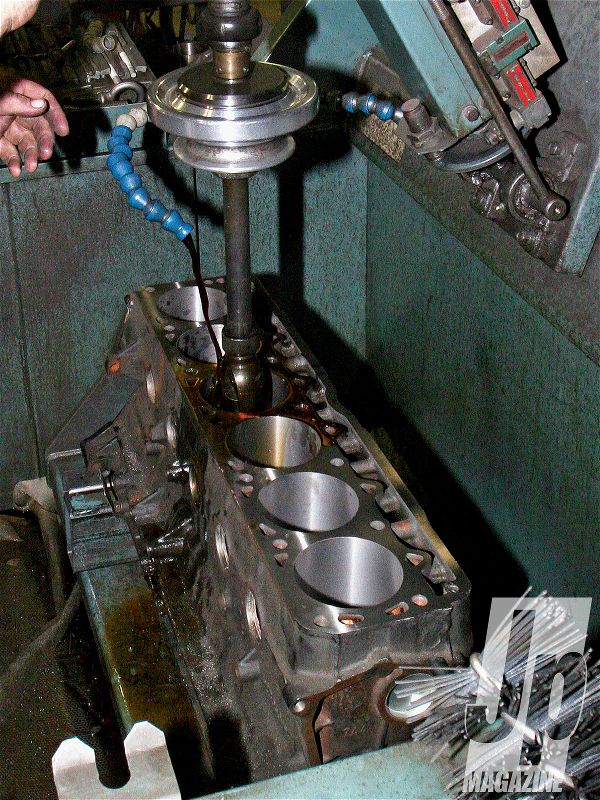
 Pete Trasborg
Brand Manager, Jp
Pete Trasborg
Brand Manager, Jp
Way back in the August '05 issue, we set out to build the biggest, baddest inline-six Jeep engine the world had seen, by December '05 it was finished in more ways than one but the urge to build a huge Jeep six-cylinder never left us. We felt we owed it to our readers to put down some big power with a Jeep engine.
 After decking the engine 0.015 inches, the block was then bored about 0.060 over to bump the bore up to 3.937-inch. Many engine builders don't hone the block and then check runout from the top to bottom of the cylinder. Zach at 505 does, and for this build the company made sure that there was 0.0005-inch or less variance so the piston rings seal the same throughout the cylinder.
After decking the engine 0.015 inches, the block was then bored about 0.060 over to bump the bore up to 3.937-inch. Many engine builders don't hone the block and then check runout from the top to bottom of the cylinder. Zach at 505 does, and for this build the company made sure that there was 0.0005-inch or less variance so the piston rings seal the same throughout the cylinder.
This time around it started with a press release from 505 Performance regarding a 5.0L stroker kit for the 4.0L Jeep engine. There is no replacement for displacement, after all, and a quick phone call to the owner of the company, Zach Steele, had us convinced we'd found the builder of the next Insane Inline. So, working together with Zach at 505, we put together what might be the most powerful Jeep inline engine ever.
Take a 5.0L Jeep engine and put a turbo on it, and you are in for a good time, no matter what happens. On this one, we decided to shoot the moon: we are invading NASCAR territory with two-horsepower per cubic inch, which even in these modern-day horsepower wars is unheard of for a street-driven vehicle, much less a Jeep.
To get to that goal, we've taken every little step we could to squeeze every last pony from this engine and we are going to share the tricks and tips that we picked up with you for your own engine build. Some have said we are optimistic, some have plain said that we are off our rocker, but we are going to tweak the internals and lean on this motor until we get to the 2hp per cylinder, we blow it up, or we prove that its just not possible without nitrous. So, jump in and sit down, this is going to be a great ride.
PhotosView Slideshow










